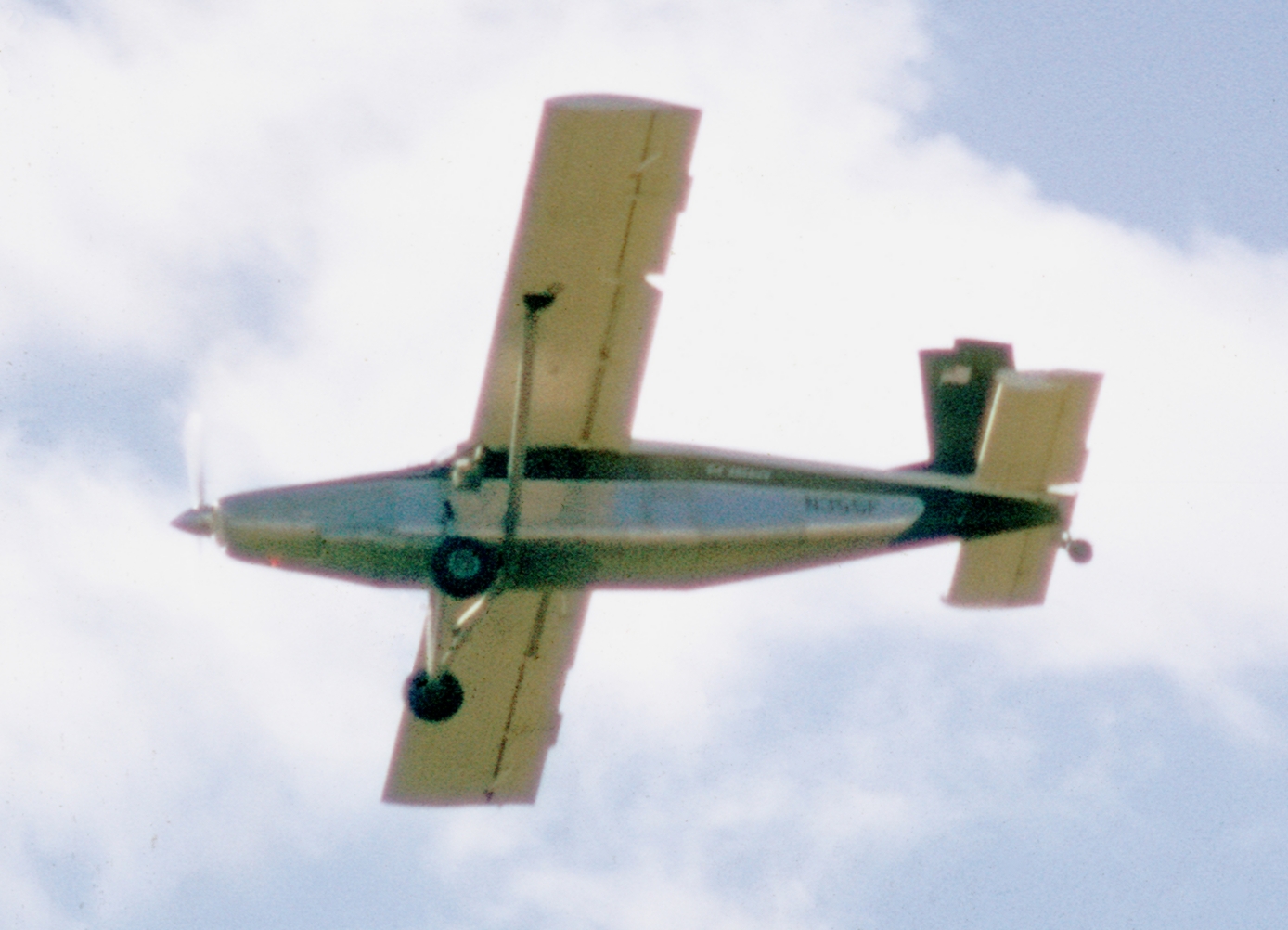An Air America Pilatus PC-6 Porter (N355F) over Southeast Asia. Often forced to operate from short, crude and isolated landing strips known as Lima Sites, Air America relied on helicopters and rugged light aircraft like this Pilatus PC-6 Porter. The PC-6 N355F was acquired by Air America in 1969 and was mainly used in Laos. National Museum of the US. Air Force photo.
In the annals of aviation history, few stories are as intriguing as that of the Central Intelligence Agency’s (CIA) secret airlines. Operating in the shadows, these airlines played a pivotal role in some of the most significant events of the 20th century. These airlines were more than just transport services. They were critical cogs in the machinery of global espionage and clandestine operations. Each of these airlines has its own unique history and significance in the context of the CIA’s operations.
Air America
Air America is perhaps the most well-known of the CIA’s airlines. Air America was an American passenger and cargo airline established in 1946 and covertly owned and operated by the Central Intelligence Agency (CIA) from 1950 to 1976. It supplied and supported covert operations in Southeast Asia during the Vietnam War.
The airline was known for its slogan “Anything, Anywhere, Anytime, Professionally”. It operated from bases in countries such as the Republic of Vietnam, the Kingdom of Laos, and Cambodia, and also from bases in Thailand and as far afield as Taiwan and Japan.
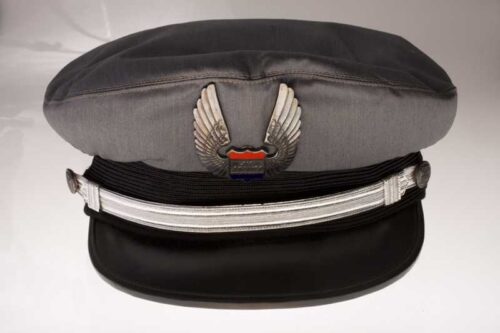
From 1962 to 1975, during the Vietnam Was, Air America was involved in a variety of operations. Air America was responsible for moving U.S. personnel into and out of various locations, often in covert operations. The airline provided crucial support to the Royal Lao Army, the Hmong Army under the command of Royal Lao Army Major General Vang Pao, and combatant Thai volunteer forces In addition to its military operations, Air America also transported refugees, providing vital humanitarian aid. Air America flew photo reconnaissance missions: missions that provided valuable intelligence on Viet Cong activities.
Air America’s fleet, which included aircraft such as the Curtiss C-46 Commando, Pilatus PC-6 Porter, de Havilland Canada DHC-4 Caribou, Lockheed C-130 Hercules, and Fairchild C-123 Provider, along with UH-34D, Bell 204 B, Bell 205, and Boeing CH-47 C Chinook helicopters, flew many types of cargo to countries such as the Republic of Vietnam, the Kingdom of Laos, and Cambodia.
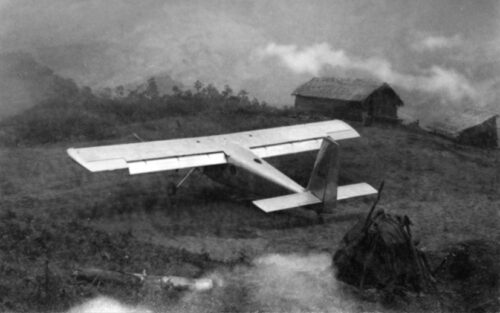
Civil Air Transport (CAT)
The CIA formed a private Delaware corporation called Airdale Corporation, which formed a subsidiary called CAT, Inc. The subsidiary corporation purchased nominal shares of Civil Air Transport. CAT maintained a civilian appearance by flying scheduled passenger flights while simultaneously using other aircraft in its fleet to fly covert missions.
CAT was created by Claire Chennault and Whiting Willauer in 1946 as Chinese National Relief and Rehabilitation Administration (CNRRA) Air Transport to airlift supplies and food into war-ravaged China.
During the Chinese Civil War, under contract with the Chinese Nationalist government and later the CIA, CAT flew supplies and ammunition into China to assist Kuomintang forces on the Chinese mainland, primarily using C-47 and C-46 aircraft. With the defeat of the Kuomintang in 1949, CAT helped to evacuate thousands of Chinese to Taiwan.
By 1950, following the defeat of Chiang’s forces and their retreat to Taiwan, the airline faced financial difficulties. In August 1950, the CIA bought out Chennault and Willauer, continuing to operate as CAT. During the Korean War, CAT airlifted thousands of tons of war materials to supply U.S. military operations.
The airline continued to operate as CAT until 1959, when its name was changed to Air America.
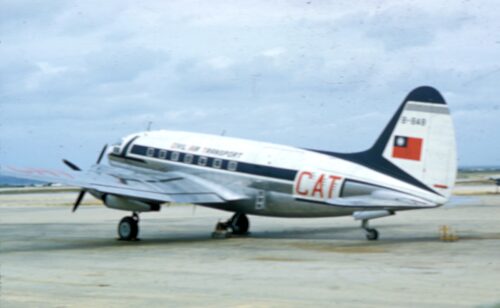
Southern Air Transport (SAT)
Southern Air Transport (SAT), based in Miami, Florida, was a cargo airline best known as a front company for the CIA from 1960 to 1973. SAT was founded in 1947 in Miami as a charter airline flying cargo to The Bahamas. By the time it was acquired by the CIA in 1960 for $300,000, it was still small, with three aircraft, and “plenty of debts”.
After the CIA’s ownership ended, SAT continued to be involved in operations that were of interest to the U.S. government. During the Iran-Contra affair in the mid-1980s, SAT transported arms to Iran and to the Contras in Central America. This involvement happened under the airline’s subsequent ownership, not under the CIA.
SAT operated a diverse fleet of aircraft throughout its existence. The fleet included the Boeing 747, with models such as the 747-100 and 747-200. Another significant aircraft in their lineup was the Douglas DC-8, which included the DC-8-20 and DC-8-60/70 models. Notably, SAT operated 23 Lockheed L-100 Hercules aircraft, underscoring the versatility of their operations. In addition to these, SAT’s fleet also comprised other jet aircraft types at various stages of its existence. These included the Boeing 707-320C, Boeing 727-100C, and the Lockheed JetStar. This diverse fleet enabled SAT to carry out a wide range of operations, further solidifying its role as a key player in the aviation industry.
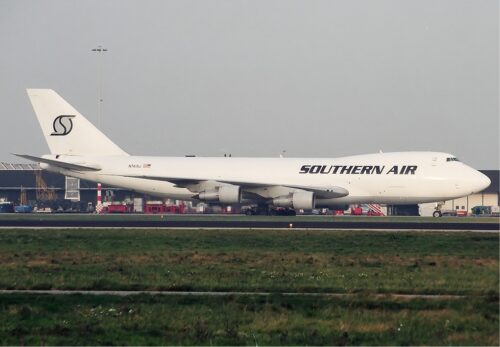
Final Thoughts
The CIA’s airlines, operating under the veil of secrecy, have left an indelible mark on the annals of aviation and intelligence history. From Air America to Southern Air Transport, these airlines were instrumental in executing covert operations that shaped the geopolitical landscape of the 20th century. Their role in furthering the reach of American intelligence cannot be understated.
Resources
Central Intelligence Agency
CIA.gov
Air America Association
Air-America.org
*The views and opinions expressed on this website are solely those of the original authors and contributors. These views and opinions do not necessarily represent those of Spotter Up Magazine, the administrative staff, and/or any/all contributors to this site.
